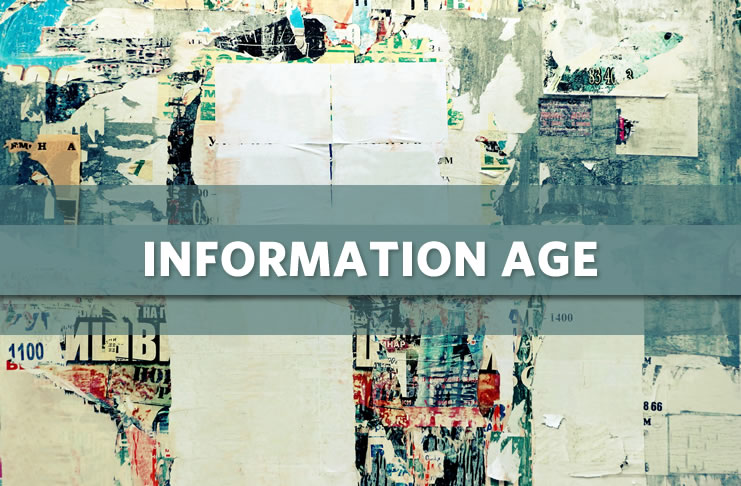The advent of new information and communication technologies has transformed human reality, directly interfering in cultural, political, social and economic issues, is directly linked to the social changes of the present. Relations between the state and society become more complex as technologies, such as the internet, significantly change the dynamics of power relations in the information age. We tried to understand the current cultural reality largely influenced by digital, which alters the vital space in a reality where space and cyberspace merge and become inseparable, changing the interactions between individuals in contemporary times. With increasing interaction, all information can be obtained; from the most common to the most detailed. What is best betting site in Nigeria? How can I find a real estate agent? What are the things to consider when choosing an SUV car? Anything you ask, you can get the answer in a few seconds.
In view of this view, the present work seeks to analyze how central issues for the cohesion of the social fabric, such as democracy and citizenship, are undergoing significant changes in the social imaginary and in the management of public power. It also seeks to reflect on the generation of digital natives and the decentralization of power over urban territory, paying attention to the importance of the State’s role in these phenomena. Contemporaneity is then perceived as a favorable moment for historical changes, offering society mechanisms capable of increasing its participation in political management, in addition to providing an adequate environment for the strengthening of the connected Crowd.
Throughout history, societies and their institutions have sought to adapt to the new and inevitable social and cultural reconfigurations that appear in succession over time, with each moment keeping its own specificities and generating unique responses to new “problems” that are imposed to the collective. The current era is characterized by the emergence of a post-industrial society, a society that values information and technology as much as the desire for consumption, in the so-called Information Age, transformations happen at a fast pace, the technological race that makes products disposable and obsolete, it also quickly moves the social gears, responsible for significant changes in society.
From the 20th century onwards, the reconfiguration took place within the scope of new information and communication technologies (NTIC), in what is known as the Third Industrial Revolution or Information Revolution, after the 2nd World War, between the 1970s and 1980s. In the course of the Cold War, the military technologies developed around the university military complex erected by the United States began to be open to the general public, by the middle of the century Silicon Valley would become known worldwide, the technology and its benefits would be recognized in the daily life of human beings, its value would reach its maximum in the seventies with the emergence of NASDAQ, which would include the actions of high-tech companies in the United States, thus having the technological branch permanently merged with the economic sector, the most important axis for the capitalist system.
Just as Europe had to adapt to the new industrial reality imposed by England in the 18th century, industrial society has been trying to shape itself due to the indisputable changes that started in the 20th century. At a time when the focus of countless and decisive research on human relations has been carried out, the relationships between the main social actors are changing rapidly, in the present day of the 21st century the processes that support the status quo at the local and global level are contested and the social gear moves at the pace of new forces that are already inexorably altering the present.






